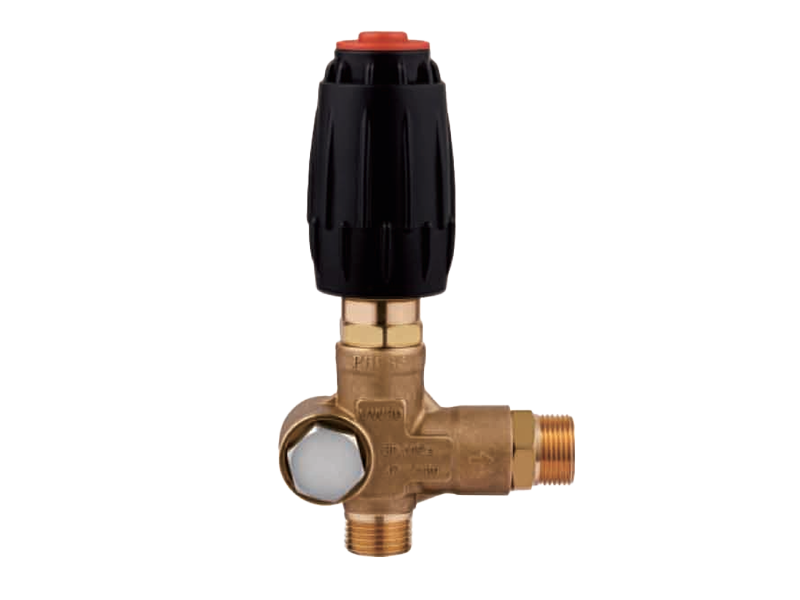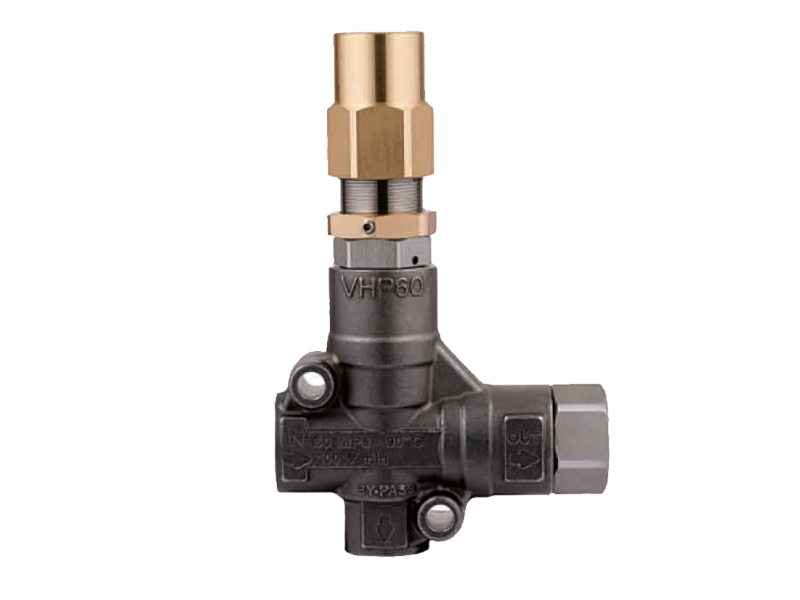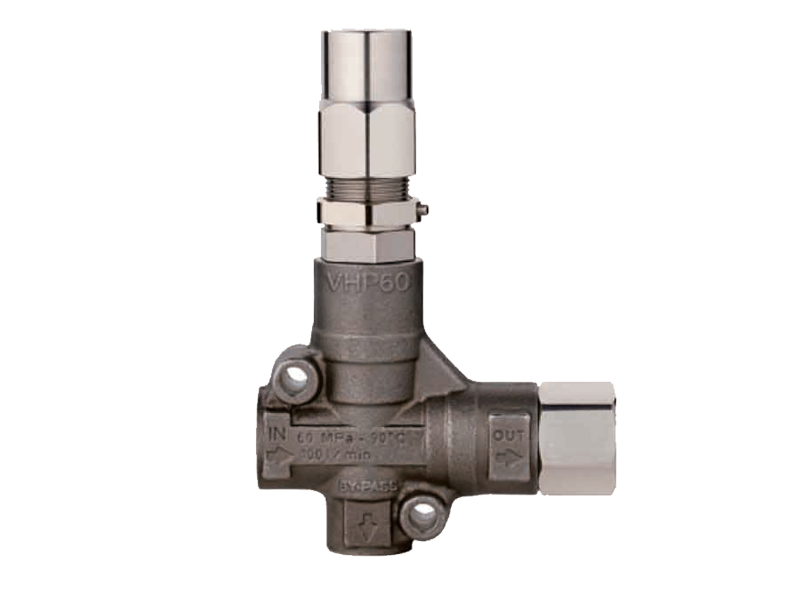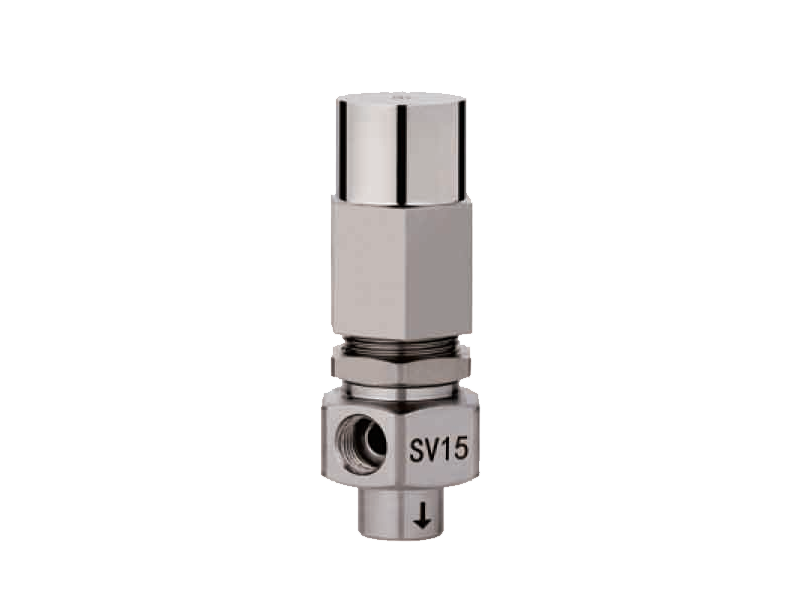High-Pressure Seal Design in Three Plunger Pump Systems
The Three Plunger High Pressure Pump is widely used in industries that require the safe and reliable transfer of fluids under high pressure. One of the critical aspects of its design is the sealing system, which prevents fluid leakage while maintaining consistent performance. High-pressure pumps operate under extreme conditions, where both internal pressure and mechanical forces act on the seals continuously. A poorly designed seal can cause leaks, pressure drops, or even catastrophic failure; choosing materials, configuration, and installation is paramount for operational safety and efficiency. Understanding how the pump’s sealing structure is engineered for high-pressure tolerance is essential for evaluating its overall reliability.

Importance of Seals in High-Pressure Applications
In high-pressure reciprocating pumps, the seal functions as the barrier between the plunger or piston and the pump housing. Its primary role is to prevent the pressurized fluid from escaping while allowing smooth plunger movement. Without robust seals, the pump would experience leakage, reduced efficiency, and increased wear on internal components. Furthermore, seal failure can introduce safety hazards, especially in systems handling hazardous or corrosive fluids. Therefore, the seal design in a high-pressure pump is not only about fluid retention but also about protecting both the equipment and personnel. High-quality seals are essential for maintaining continuous operation and extending the service life of the pump.
Materials and Design Considerations for High-Pressure Seals
High-pressure seals are typically made from advanced materials that can withstand extreme pressure, temperature fluctuations, and chemical exposure. Common materials include reinforced elastomers, PTFE composites, and high-strength polymers. These materials are chosen for their low friction, wear resistance, and ability to maintain dimensional stability under pressure. In addition to material selection, the geometric design of the seal plays a crucial role. Seals may incorporate multiple lips, O-rings, or back-up rings to distribute pressure evenly and prevent extrusion under high loads. This multi-element design helps the seal maintain its integrity even when the pump operates at rated pressure, ensuring leakage and consistent performance.
Structural Features Enhancing Pressure Resistance
The sealing system of a three-plunger pump often includes structural features specifically engineered to withstand high pressures. For example, the plunger may pass through a precision-machined gland that tightly holds the seal in place while allowing smooth reciprocation. Spring-loaded or hydraulic-balanced seals are sometimes used to compensate for pressure fluctuations and maintain uniform contact with the plunger surface. Additionally, the seal housing is reinforced to prevent deformation or misalignment during operation. By combining advanced materials with precision engineering, the pump achieves reliable sealing even in demanding applications, reducing maintenance requirements and prolonging operational life.
Maintenance and Monitoring of High-Pressure Seals
Even the robust high-pressure seal requires regular inspection and maintenance to ensure long-term performance. Over time, seals may experience wear, chemical degradation, or thermal fatigue. Routine monitoring of leakage rates, pressure stability, and visual inspection of seal surfaces can help detect early signs of failure. Preventive maintenance, including lubrication and timely replacement of worn components, ensures that the pump continues to operate safely under high pressure. Additionally, modern pumps may incorporate sensors that monitor seal integrity in real time, providing alerts before a minor issue becomes a critical problem.
The Three Plunger High Pressure Pump is equipped with seals specifically designed to withstand high-pressure conditions. Through careful selection of materials, precision engineering, and reinforced structural features, these seals ensure leakage, consistent fluid delivery, and safe operation. Proper maintenance and monitoring further enhance their reliability, making high-pressure seals a critical component in the pump’s overall performance. The combination of robust design and proactive management ensures that the pump can operate efficiently and safely in demanding industrial environments.


 English
English Español
Español русский
русский










